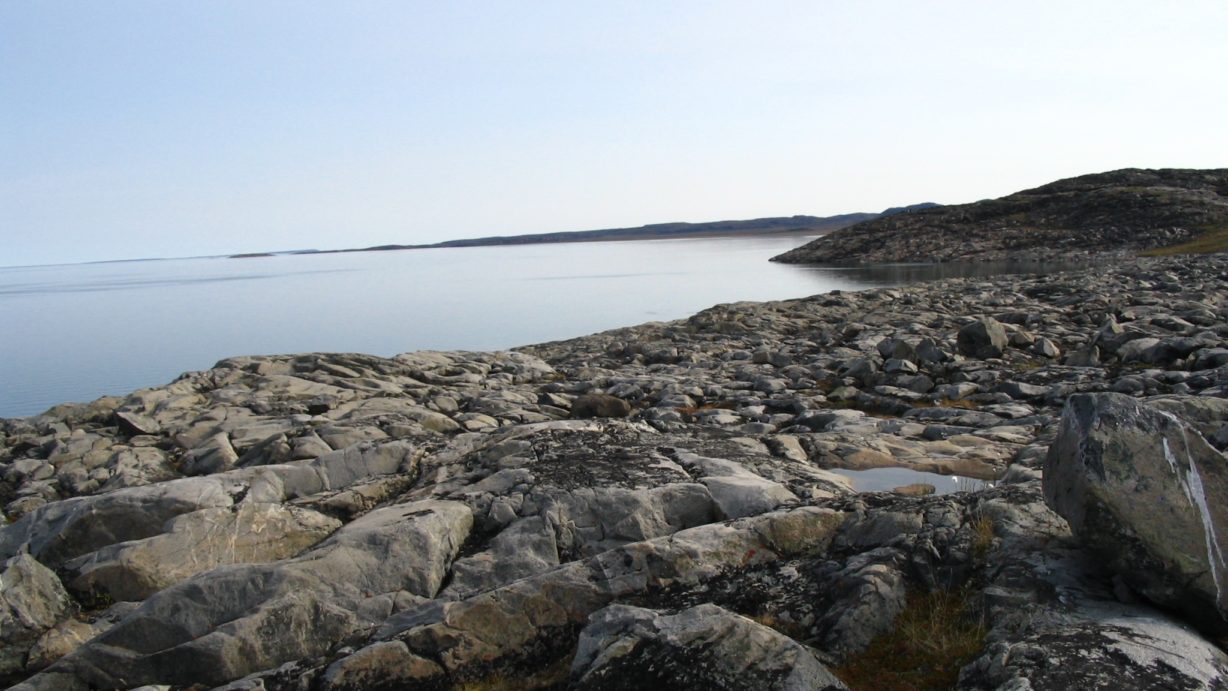Nunavut’s ambitious road-port project is suspended
The Nunavut Impact Review Board will suspend its environmental and socio-economic assessment of the Grays Bay Road and Port Project at the request of Kitikmeot Inuit Association, the project's last backer after federal and territorial support dried up.

Less than three weeks after the Government of Nunavut withdrew from the scheme, the Nunavut Impact Review Board will suspend its environmental and socio-economic assessment of the Grays Bay Road and Port Project as of May 7.
That decision, communicated last week, follows a written request sent to the NIRB by the Nunavut Resources Corp., a wholly-owned subsidiary of the Kitikmeot Inuit Association, asking for an immediate suspension of the assessment process until the KIA can figure out what to do next.
That’s in spite of a never-say-die pledge from KIA President Stanley Anablak, who promised last month that his organization will not give up on Grays Bay.
“We won’t stop until every avenue in pursuit of the successful development of this project is exhausted,” Anablak had said April 16 in a statement.
But now, the KIA and the NRC want to put the project on hold for a while.
“I expect to be meeting with KIA leadership and others over the next few weeks to discuss our next steps,” Scott Northey, the Nunavut Resource Corp.’s chief operating officer, said in a letter to the NIRB dated May 2.
Northey did not say when the KIA and the NRC will ask the NIRB to resume the environmental assessment, but they said they want to meet with NIRB officials “with respect to the review and likely scenarios to resume it.”
Under a federal law called the Nunavut Planning and Project Assessment Act, or “NuPPAA,” the KIA can keep the environmental assessment in limbo for three years.
But if they don’t give the review board a written request to re-start the assessment within three years, the NIRB’s assessment will be terminated, the NIRB’s executive director, Ryan Barry, said in a reply to Northey’s letter.
The KIA, using the resource corporation as its agent, had teamed up with the GN in 2016 to promote the project, apply for federal infrastructure funding and move the project through the regulatory system.
In August 2017, the NIRB accepted the Grays Bay project proposal, began an early-stage screening of the GN-KIA plan and later recommended that it should get a full environmental assessment with a public hearing.
But just last month, the GN did an about-face and pulled out of the project, following a decision by the federal government to reject a funding application for money to cover about 75 percent of the project’s $500-million cost.
The GN claimed in a statement that the KIA “jointly agreed” that the KIA would become the project’s sole proponent.
But the GN move appears to have caught the KIA and its resource corporation by surprise, and they also appear to be in the dark about the GN’s stance on the Grays Bay project.
“One reason for this request [to suspend the NIRB assessment] is to address the future role in this project of the Government of Nunavut — the other identified co-proponent of this project — who recently announced their withdrawal from this project,” Northey said his letter to the NIRB.
In their joint Grays Bay proposal, the GN and the KIA had pitched a 227-kilometer (roughly 140-mile) all-weather road running from the site of the defunct Jericho mine, which is located at the northern end of the Tibbit-Contwoyto winter road, to a deep sea port at Grays Bay on Coronation Gulf.
That would provide access to valuable mineral properties in the western Kitikmeot, especially the rich zinc, lead, copper and silver properties, worth at least $10 billion, controlled by MMG Ltd. at High Lake and nearby Izok Lake.
Prior to the KIA’s suspension request, the environmental review was at an early stage. The NIRB was receiving comments from various stakeholders on draft guidelines for the environmental impact statement that the Grays Bay proponent would have been required to submit some time in the near future.